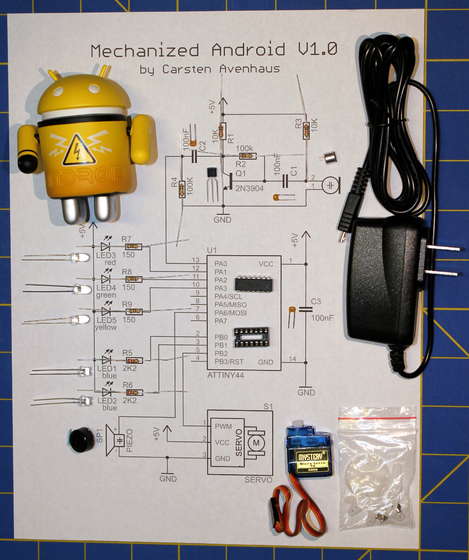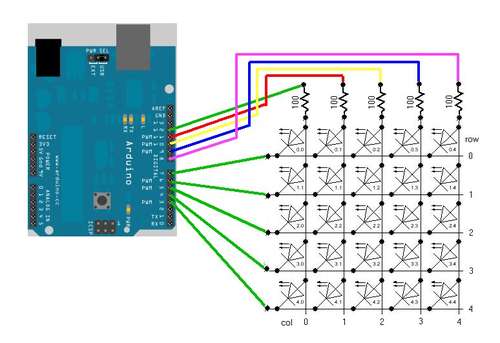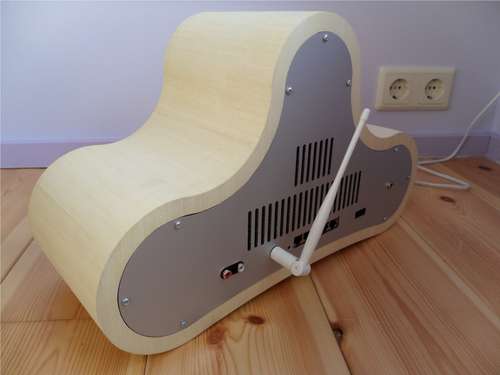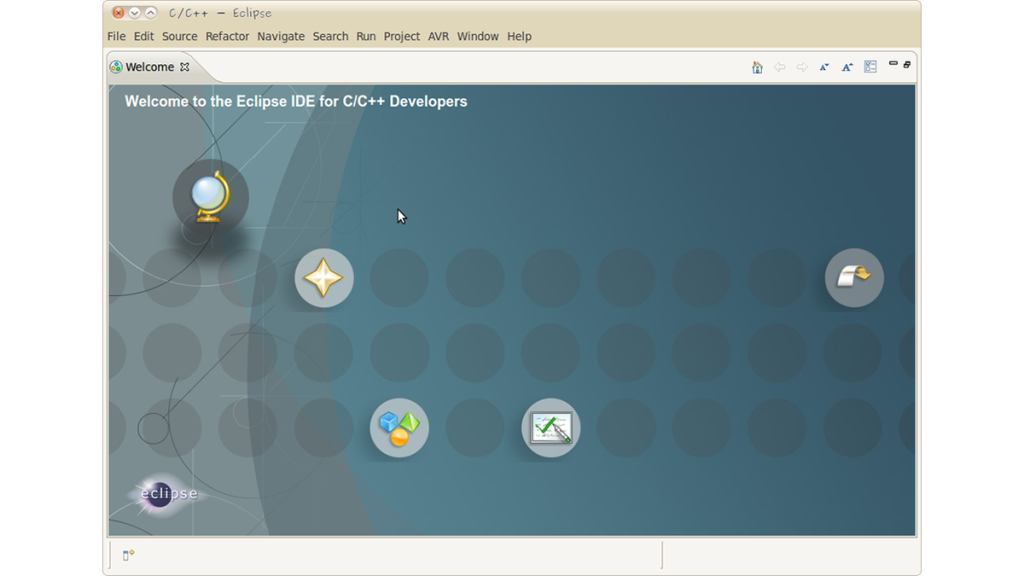Power your Arduino/AVR with a Hand-Cranked Battery
If you’ve ever wanted to power your Arduino or AVR from a battery for development testing (batteries have different power delivery qualities than, say, transformed AC or even a regulated wall wart in DC) testing but were tired of going through batteries (Hey, I admit I’ve sucked batteries dry in hours because of a slipped-up […]
Power your Arduino/AVR with a Hand-Cranked Battery Read More »







